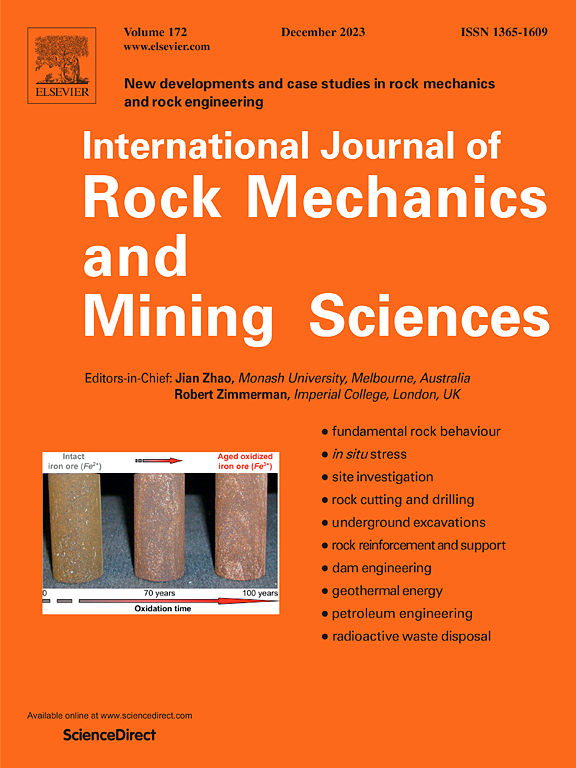Modeling spatial variability of mechanical parameters of layered rock masses and its application in slope optimization at the open-pit mine
Abstract
Mining engineering with layered structures often obtains extensive geological data to ensure reliability of mining operations. Effectively utilizing these data to characterize the spatial distribution of mechanical parameters in layered rock mass is crucial for slope stability analysis. This study focuses on the Heishan open-pit mine as a case study, leveraging the distinctive characteristics of mining engineering geological data. A three-dimensional fracture network was then generated based on the distribution of fractures in the rocks, and the representative elementary volume of the rock mass was determined by calculating the volumetric joint count (Jv). Statistical characteristics of various geological data are analyzed, and a geological statistical method combining the Kriging method and inverse distance power method is applied to establish a spatial distribution block model for geological strength index (GSI) and rock mechanical properties. Subsequently, a spatial variability model of the mechanical parameters of the layered rock mass was generated based on the Hoek–Brown criterion. Furthermore, the heterogeneous mechanical model is implemented in numerical software for stability analysis and slope angle optimization. The findings indicate that each engineering zone of layered slopes exhibits unique mechanical parameters while demonstrating significant layered distribution patterns at a macro level. Considering spatial variability, the mechanical model significantly impacts slope stability and slope angle optimization outcomes. Our research methodology facilitates accurate quantification of the heterogeneity of mechanical parameters in layered slopes without incurring excessive additional survey costs, enabling more rational explanations of slope landslides and the provision of suitable slope angle optimization designs.

 求助内容:
求助内容: 应助结果提醒方式:
应助结果提醒方式:


